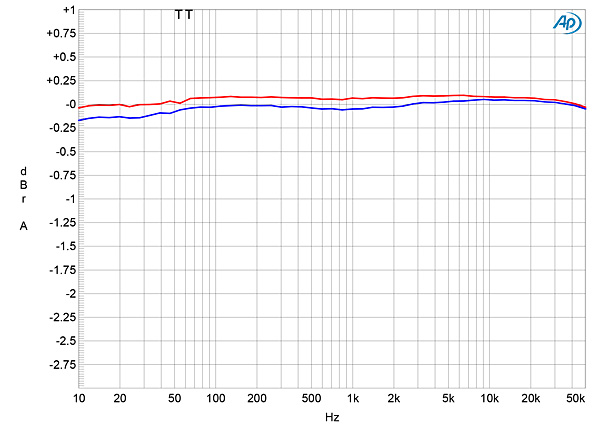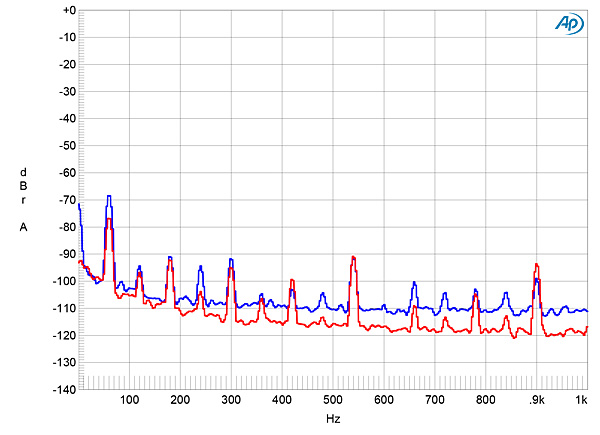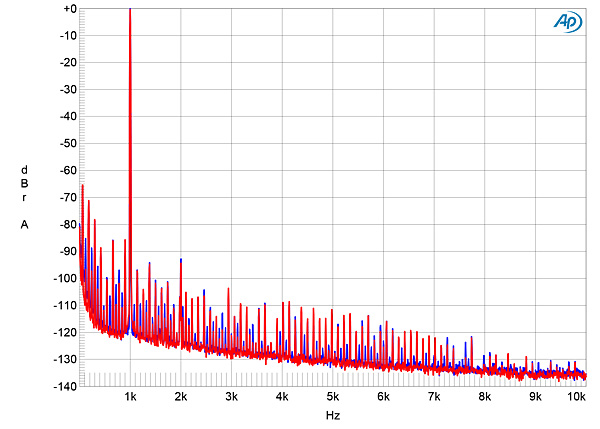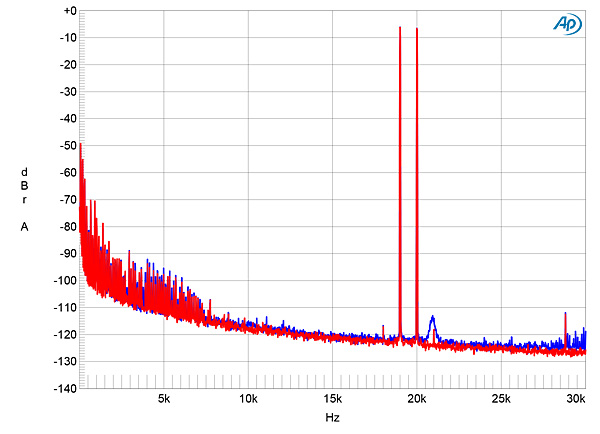| Columns Retired Columns & Blogs |
If it weren't for streaming, I would have never engaged with a computer to interface with my Hi Fi. Download, Winn this AFLAC that...I was never gon' do it.
Now, this carn sarned complicated stuff hits me right in my 12 inch!
So, to use this preamp, I need a random cartridge, chosen in the hope that maybe it will work with my system, perhaps, and also get a different wiring set up for my tonearm...as you say: "The shield and ground of the phono cable must be isolated from the plus and minus conductors, which eliminates certain cables and tonearms from consideration. There's nothing a user can adjust to optimize the circuit for a certain cartridge—no adjustment of load resistance, in other words. You're almost entirely limited to moving-coil cartridges, and apparently, even among moving-coils, some combinations don't work at all. Got a cartridge you want to use? Plug it in, hold your breath, and see what happens."
That is so inconvenient, I don't know how us vinyl aficionados can resist!
Whole new layers of inconvenience, expense, and complexity.
Sign me up!
I would buy this if it were plug and play...can we beg a primer on how the Hell to get a system ready to install this crazy thing?














































